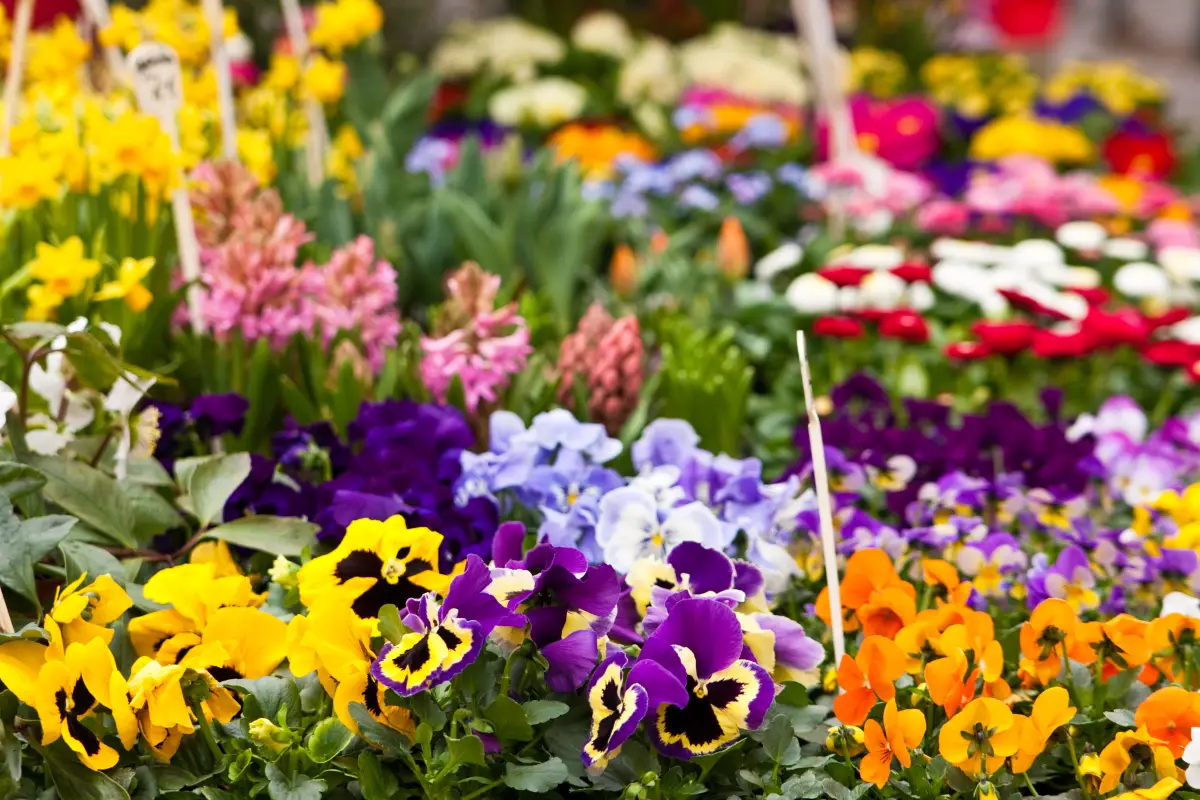Edible Blossoms: Adding Flavor and Beauty to Your Salads, Drinks, and Desserts

Introduction to Edible Flowers
Edible flowers are a delightful way to enhance the flavor and presentation of your dishes. They can add color, aroma, and a unique taste to salads, drinks, and desserts. For those adventurous foodies out there, incorporating edible blossoms into your culinary creations can elevate your dining experience while utilizing the natural beauty from your garden.
Best Edible Flowers for Culinary Use
- Nasturtiums: With a peppery flavor similar to arugula, nasturtiums are perfect for salads and garnishes. Their bright colors range from yellow to deep red.
- Pansies: These mild-flavored flowers are excellent for desserts and drinks. They come in a variety of colors and add a delicate touch to any dish.
- Marigolds: Known for their vibrant hues, marigolds have a citrusy taste that complements both savory and sweet recipes.
- Violas: Slightly sweet and mild, violas are versatile and can be used in salads, desserts, and as cocktail garnishes.
- Lavender: With its strong fragrance, lavender is ideal for desserts, teas, and cocktails. Use sparingly to avoid overpowering the dish.
- Calendula: Often referred to as "poor man's saffron," calendula petals add a tangy, slightly bitter flavor to soups, salads, and rice dishes.
Growing and Harvesting Edible Flowers
- Choosing the Right Location: Most edible flowers prefer full sun and well-drained soil. Ensure your garden or pots receive ample sunlight.
- Planting Tips: Sow seeds directly into the soil or start them indoors and transplant them later. Keep the soil moist until the seeds germinate.
- Harvesting: Pick flowers early in the morning when they are freshest. Rinse gently and use immediately or store in the refrigerator for a short time.
Using Edible Flowers in Salads
- Mixing Greens and Flowers: Combine a variety of leafy greens with edible flowers for a colorful and nutritious salad.
- Flavor Pairings: Match the flavors of the flowers with other ingredients. For example, peppery nasturtiums pair well with tangy vinaigrettes.
- Presentation Tips: Scatter the flowers over the salad just before serving to maintain their vibrant appearance.
Adding Edible Flowers to Drinks
- Floral Ice Cubes: Freeze small flowers like violas or pansies in ice cubes to add a decorative touch to beverages.
- Infused Syrups: Create floral syrups by simmering flowers like lavender or marigold in sugar water. Use the syrup in cocktails or mocktails.
- Garnishes: Use whole flowers or petals to garnish cocktails, adding a burst of color and flavor.
Incorporating Edible Flowers into Desserts
- Candied Flowers: Dip flowers in egg white and sprinkle with sugar, then let them dry. Use these candied flowers to decorate cakes and pastries.
- Floral Infused Creams: Infuse creams or custards with flowers like lavender or rose for a subtle floral flavor.
- Decorative Toppings: Scatter fresh or dried flowers over desserts for an elegant and natural decoration.
Safety Tips for Using Edible Flowers
- Avoid Pesticides: Ensure the flowers you use have not been treated with pesticides or chemicals.
- Identify Properly: Only use flowers that you have positively identified as edible. Some flowers can be toxic if consumed.
- Allergies: Be aware of potential allergies. Introduce edible flowers into your diet gradually and watch for any adverse reactions.
Conclusion
Edible flowers offer a delightful way to enhance your culinary creations. By growing and using these blossoms, you can add both flavor and visual appeal to your salads, drinks, and desserts. Embrace the beauty of nature and elevate your dishes with the vibrant colors and unique tastes of edible flowers from your garden.


